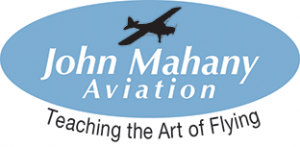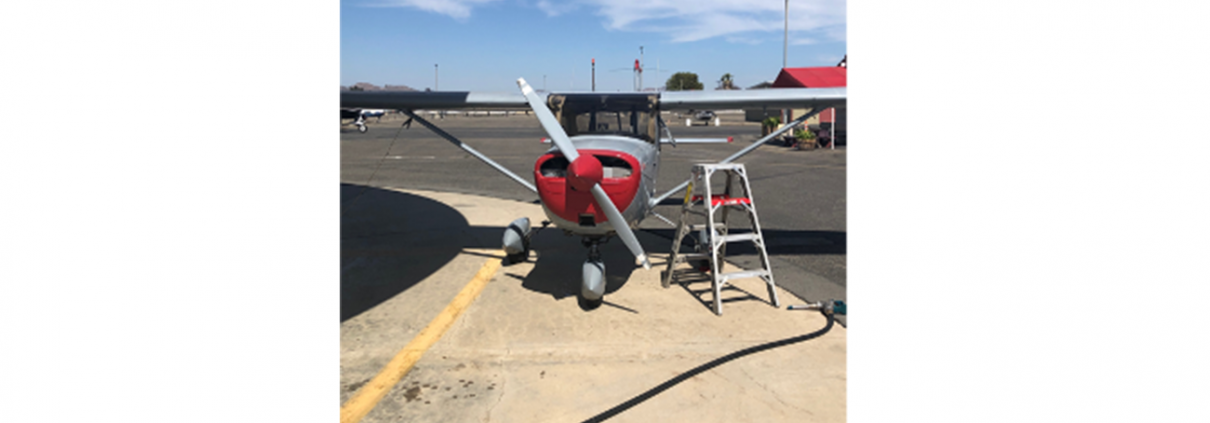FAA approves use of (G100UL)
100 octane unleaded fuel (G100UL) is now approved!
This is really BIG news for General Aviation aircraft owners. On September 1, 2022, the FAA signed the STC (Supplemental Type Certificate) that approves the use of 100-octane unleaded aviation fuel, or ‘avgas’ for all general aviation piston engine aircraft. There is much work yet to be done on this before it becomes widely available for use.
It has been a work in progress for many, many, years. During the early years of flying, several varieties of leaded av gas that were developed for piston engines of the era, especially for the larger engines that were later developed for use in WWII, requiring higher octane for combustion. But since the late 90’s, we have only had 100LL, or low lead. And lead is still required for high compression piston-engine airplanes to prevent ‘knocking’ and to enhance the quality rating of the fuel, which is necessary for the efficient combustion of fuel. This is all part of the chemical engineering.
This work has been spear-headed by GAMI, General Aviation Modifications, Inc, founded in 1994 and located in Ada, OK. The FAA’s approval of the use of GA100UL fuel in all piston engines has long been a goal, to find one fuel that is suitable for all piston engine aircraft in the general aviation fleet. The co-founder of GAMI, Engineer George Braly, has been hard at work on this for a long time.
The process will take time as we transition the entire general aviation fleet to using G100UL fuel. It also requires an infrastructure, which is not yet in place, to support this and distribute the fuel to the 1000’s of airports across the country.
The photo above that I took shows the process of getting ready to fuel my Cessna 150 at local airport via the self-serve fueling that is available. It’s a bit more involved that getting gas for your car at Costco or similar. You don’t ‘ground’ your car. We ‘ground’ the airplane to prevent the chance of a spark from static electricity starting a fire. 100LL is VERY volatile. Highly flammable. You don’t have to pull or drag a fuel hose 50’ or more to make sure you have enough hose to reach the filler cap for the tanks, which for most GA aircraft are in the wing. You don’t need a ladder to climb up on the wing. You get the idea.
If you are in need of any proficiency training to meet the FAA’s Wings requirements, please get in touch with me to schedule some training. I have experience flying many makes and models of aircraft.
Fly safely!
John



